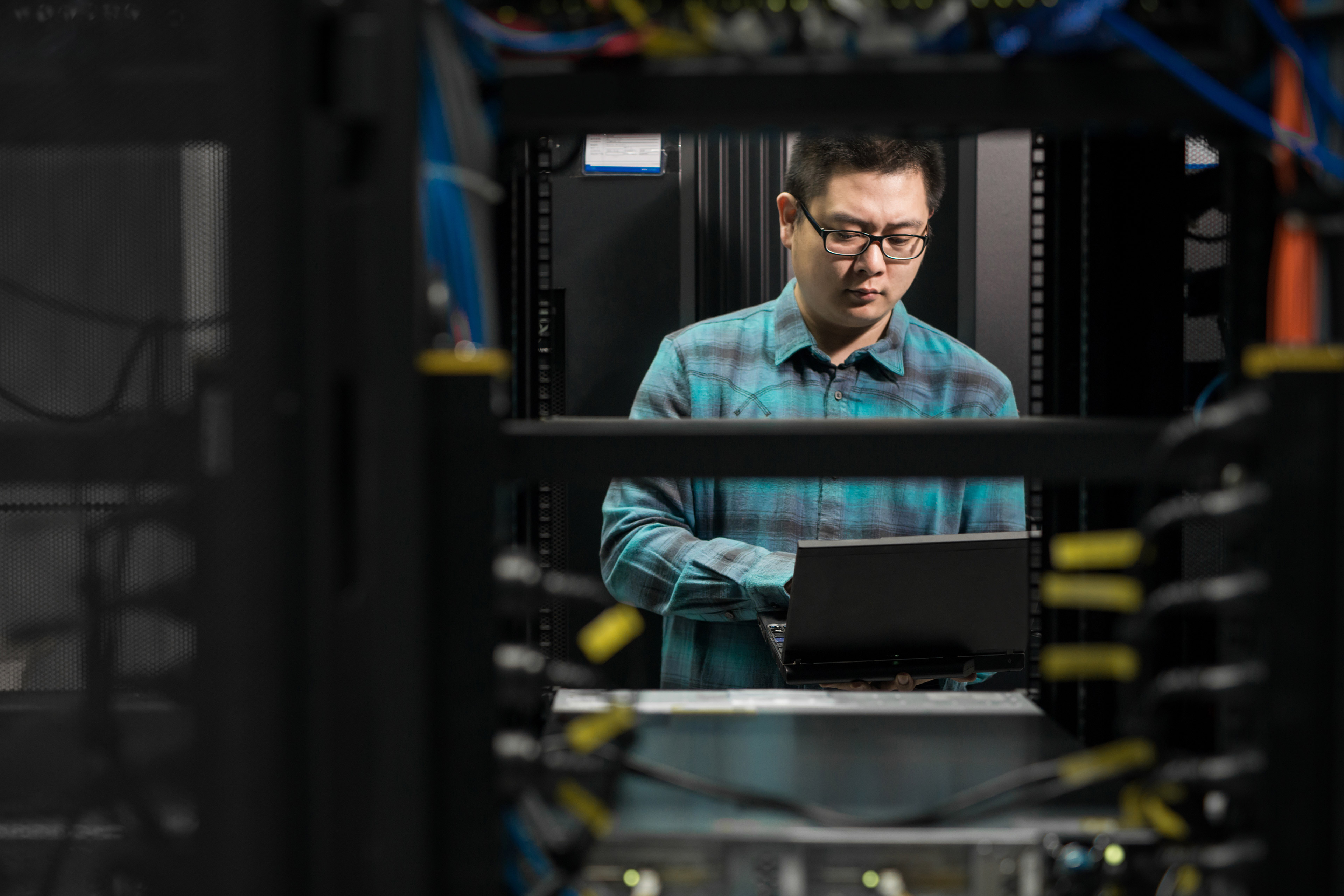EY refers to the global organization, and may refer to one or more, of the member firms of Ernst & Young Global Limited, each of which is a separate legal entity. Ernst & Young Global Limited, a UK company limited by guarantee, does not provide services to clients.
How EY can Help
-
Discover how EY's technology risk teams can help your company understand and manage technology-related business risks in the Transformative Age.
Read more
The integrated topology of the smart grid has lots of features and benefits, such as efficient and reliable power. However, it introduces some serious considerations in the cyber world:
- Distributed energy resources with lack of coherent cybersecurity focus and ownership
- Extensive interconnections with web-based or internet-facing platforms
- Data security and privacy vs. consumer data collection, processing and analysis
- Threat expansion or an increase in the frequency and sophistication of cyber attacks
- Large digital landscape and footprint or an increased attack surface
To mitigate the severity of the six global environmental risks noted by the World Economic Forum report, investment in renewable energy enabled by large-scale digital transformation is crucial. However, it’s important to note that this transformation could also increase vulnerability to the technological risk of widespread cybercrime and cyber insecurity, which must be addressed proactively for a sustainable and secure future.





